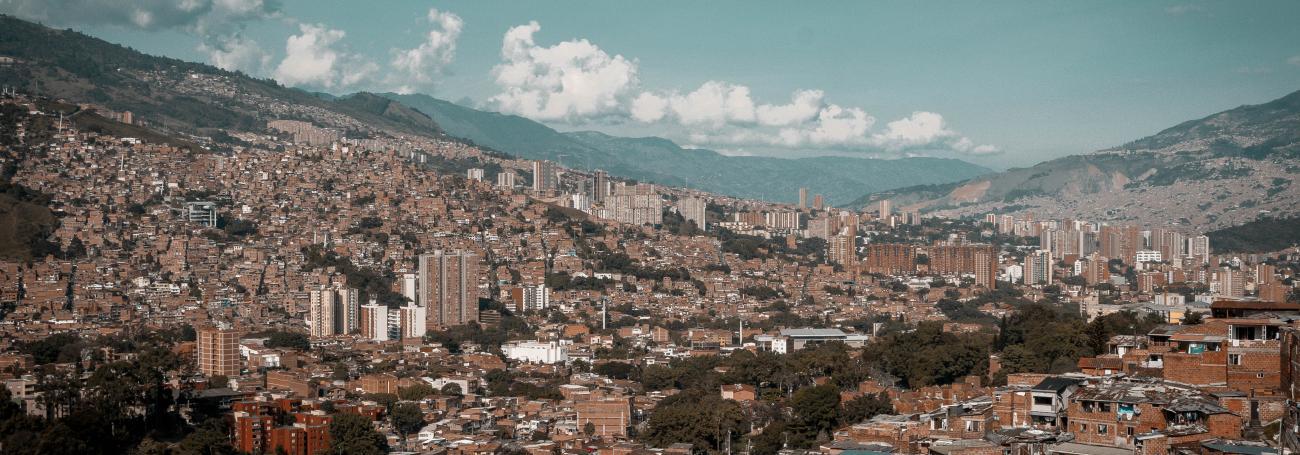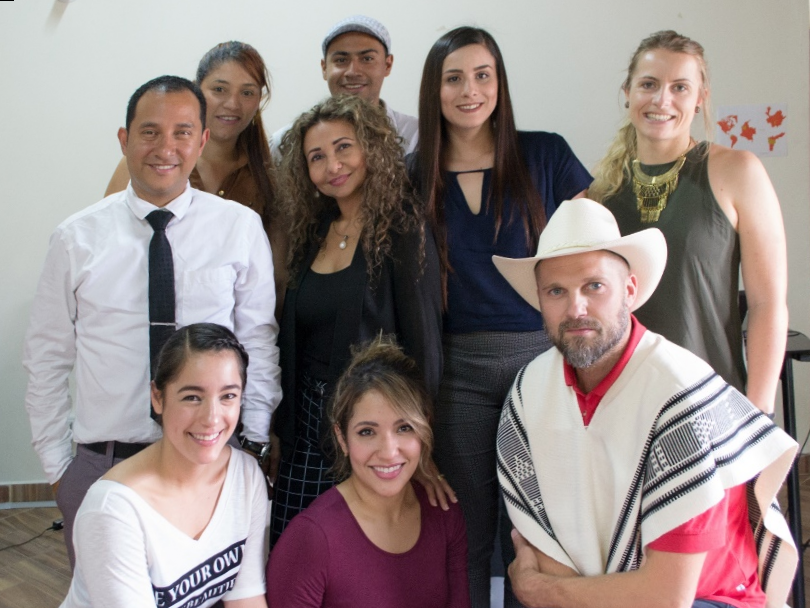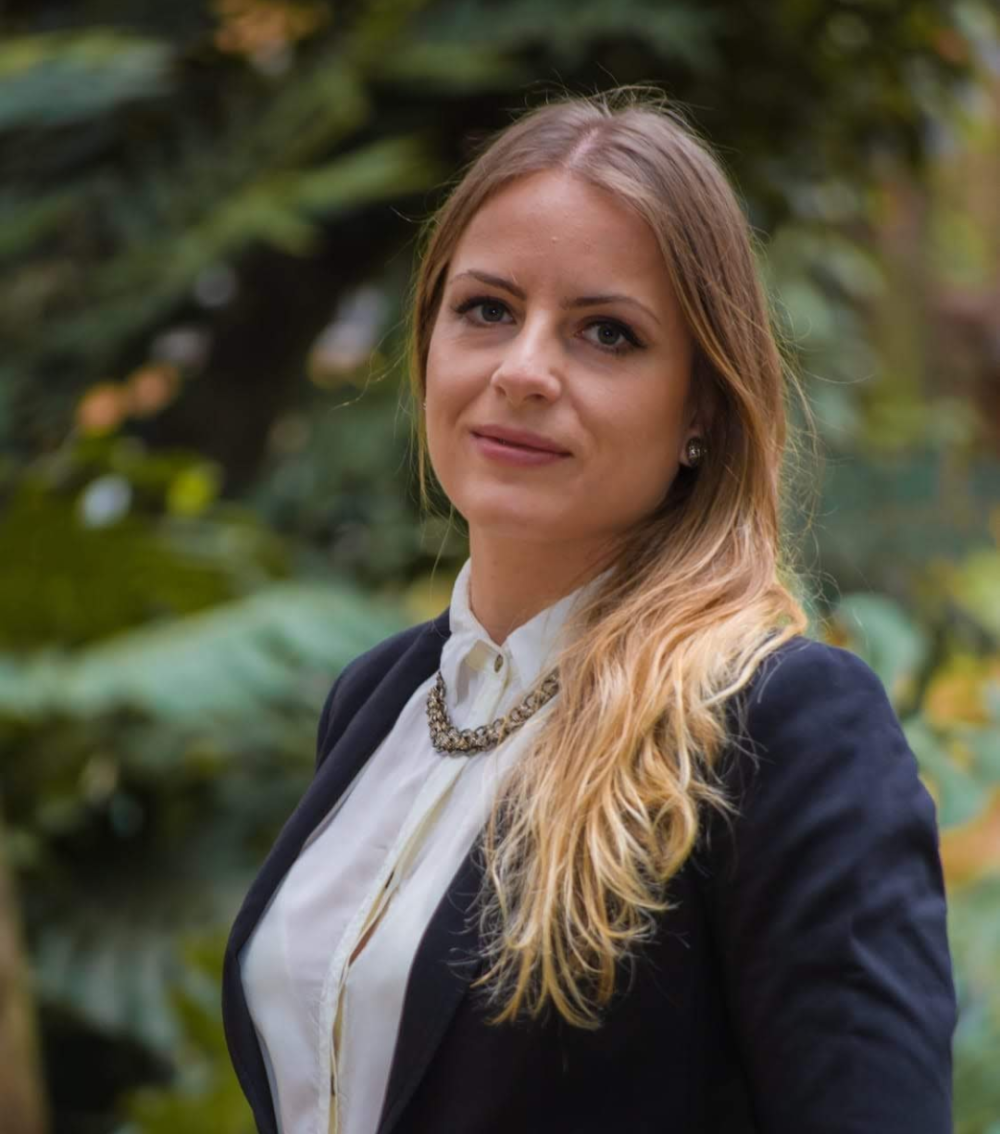
When I was writing my Master’s thesis on the subject of International Peace Education in Prison in 2017, I came across the work of Prison Fellowship Colombia (PFC) and decided to give up my work as a probation officer in Germany for the time being, so that I could go to Colombia and get to know this charitable organisation at first hand. After a six-month internship, I decided to stay a little more and join the development service. My foremost motivation for that was to strengthen the cooperation between NGOs, PFC and the Colombian government.



